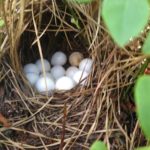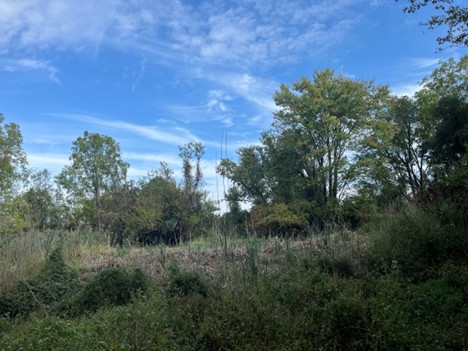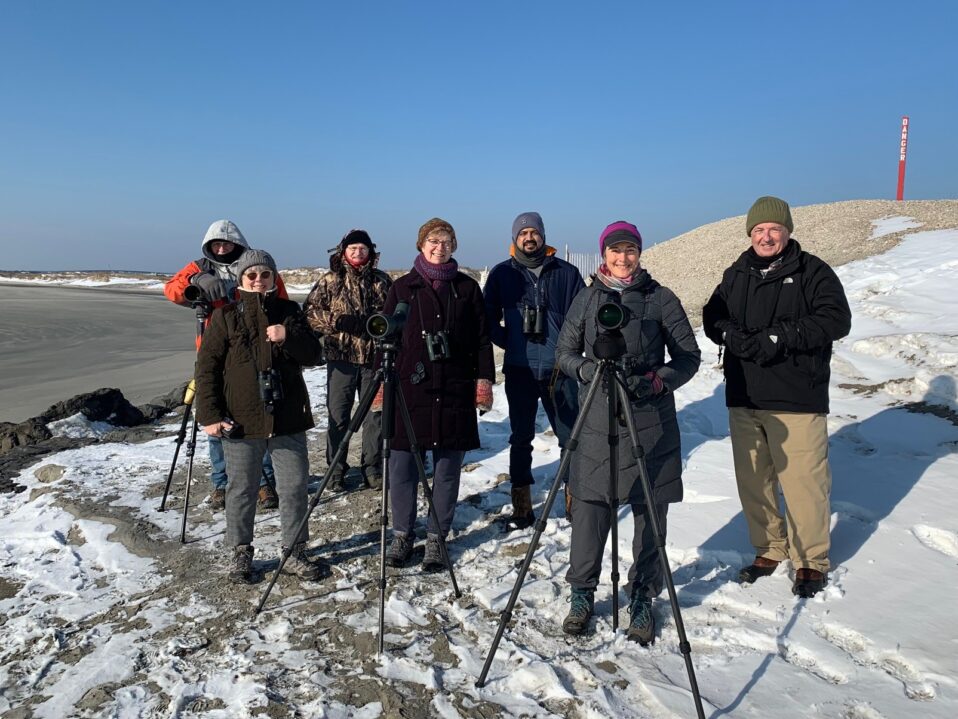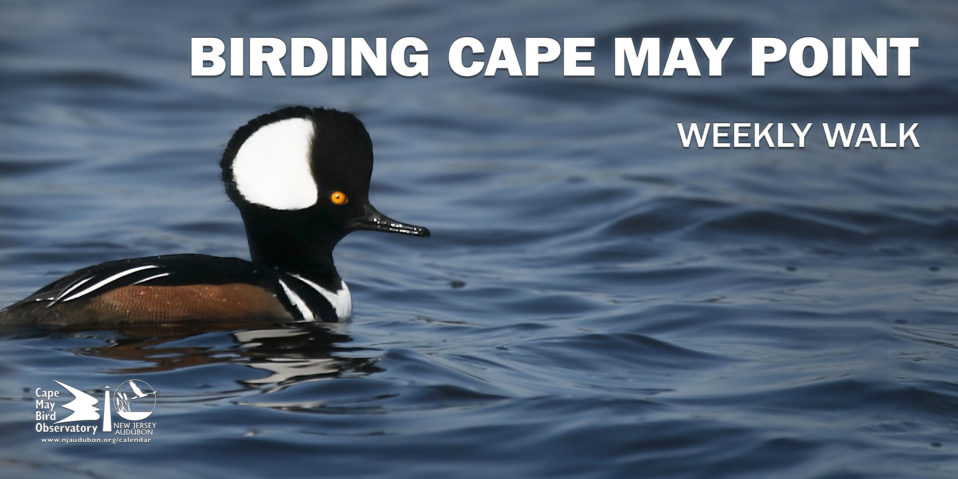While performing mammalian predator abundance surveys at the Pine Island Cranberry Bobwhite Quail Translocation Study Site this past week, John Parke of NJ Audubon joined University of Delaware Quail Project Researcher Kaili Stevens to assist with macrohabitat vegetation surveys and also got to tag along on radio telemetry tracking.
Currently, the Northern Bobwhite Quail are beginning to group together into coveys at the study site. However, during telemetry work, an exciting _thumb.jpg) discovery took place. Quail without radio collars were observed with collared birds released this past Spring, indicating we still have surviving individuals from 2015 and/or some nests and hatchlings went undetected during this year’s breeding season! (Note: of the 13 active nests we did find in 2016, all eggs were eaten by Northern Pine Snakes (this was confirmed with the use of trail cameras on the nests – also note that the Northern Pine Snake is a NJ State Threatened species that also benefits from the quality habitat produced by the active forest management at the site).
discovery took place. Quail without radio collars were observed with collared birds released this past Spring, indicating we still have surviving individuals from 2015 and/or some nests and hatchlings went undetected during this year’s breeding season! (Note: of the 13 active nests we did find in 2016, all eggs were eaten by Northern Pine Snakes (this was confirmed with the use of trail cameras on the nests – also note that the Northern Pine Snake is a NJ State Threatened species that also benefits from the quality habitat produced by the active forest management at the site).
The methodology used to detect these additional uncollared birds is to first locate a collared bird via radio telemetry and then use a dog to flush it. Since Bobwhite are forming coveys at this time, any additional birds gathered round a collared bird would also flush. “Pointing and flushing dogs are valuable to wildlife scientists as tools for detecting abundance, different sex and age classes of various birds (e.g., Wight 1930, Bergerud and Mercer 1966, Ratti et al. 1984, Jamieson 1985, Hines 1986, Stinnett and Klebenow 1986). By reducing human biases and increasing sample sizes, dogs (Canis familiaris) can improve the quality of research (Zwickel 1980).”
_thumb.jpg) With the help of Kaili’s Springer Spaniel, “Watson”, quail are flushed after a collared bird is located and then the observers are able to get a count of individuals in the covey. (click here for link to video). Last week alone, 9 additional uncollared Bobwhite quail were confirmed with collared individuals on site!
With the help of Kaili’s Springer Spaniel, “Watson”, quail are flushed after a collared bird is located and then the observers are able to get a count of individuals in the covey. (click here for link to video). Last week alone, 9 additional uncollared Bobwhite quail were confirmed with collared individuals on site!
To see a video of a Bobwhite covey being flushed on October 14, 2016 at the Pine Island Cranberry study site by researchers click here.
“This is very exciting and encouraging to find these additional birds,” said John Parke, NJA Stewardship Project Director. “Finding these uncollared Bobwhite on the study site is a testament to how active management and stewardship to produce quality habitat is ultimately the key to species recovery.”
Telemetry work, surveys and counts of the Bobwhite Quail will continue at the study site through the fall and into the winter; preparations are also underway for the 2017 release.
All photos and video by John Parke
References:
BERGERUD, A. T., AND W. E. MERCER. 1966. Census of the willow ptarmigan in Newfoundland. J. Wildl. Manage. 30:101-113.
HINES, J. E. 1986. Social organization, movements, and home ranges of blue grouse in fall and winter. Wilson Bull. 98:419-432.
H.M. WIGHT, 1930. Michigan’s game dog. Am. For. 36:620-623, 637.
JAMIESON, I. G. 1985. Behavior of yearling male blue grouse and its relation to delayed breeding. Wilson Bull. 97:71-77.
RATTI, J. T., D. L. MACKEY, AND J. R. ALLDREDGE. 1984. Analysis of spruce grouse habitat in north-central Washington. J. Wildl. Manage. 48:1188-1196
STINNETF, D. P., AND D. A. KLEBENOW. 1986. Habitat use of irrigated lands by California quail in Nevada. J. Wildl. Manage. 50:368
ZWICKEL, F. C. 1980. Use of dogs in wildlife biology. Pages 531-536 in S. D. Schemnitz, ed. Wildlife management techniques manual. Fourth ed. The Wildl. Soc., Inc., Washington, D.C. 686pp.








Post a comment